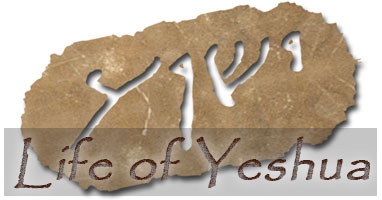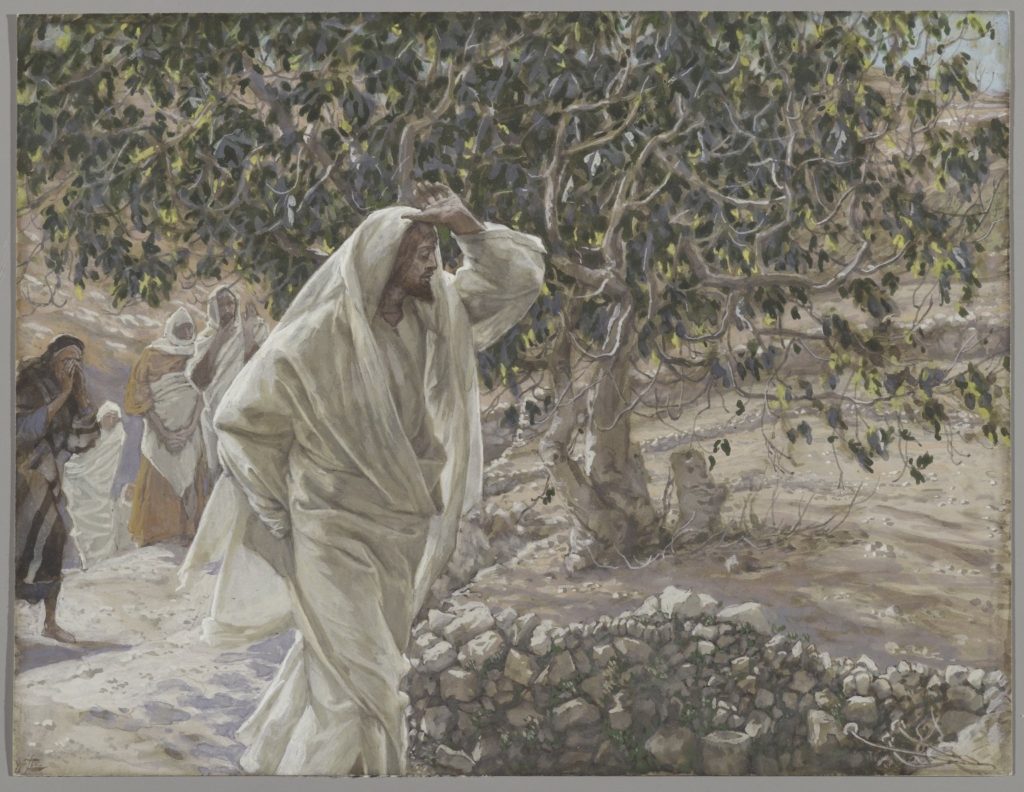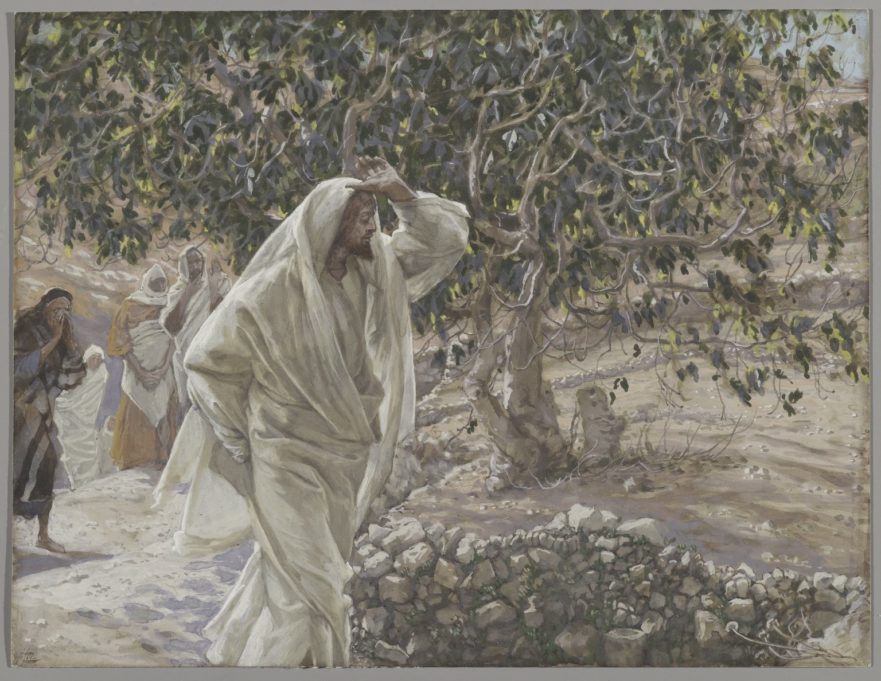Matt. 21:18-20; Mark 11:12-14, 20-21
(Huck 199, 201; Aland 272, 275; Crook 308, 310)[1]
| Table of Contents |
|
1. Text 3. Conjectured Stages of Transmission 4. Comment 5. Conclusion |
Text
Paid Content
Premium Members and Friends of JP must be logged in to access this content: Login
If you do not have a paid subscription, please consider registering as a Premium Member starting at $10/month (paid monthly) or only $5/month (paid annually): Register
One Time Purchase Rather Than Membership
Rather than purchasing a membership subscription, you may purchase access to this single page for $1.99 USD. To purchase access we strongly encourage users to first register for a free account with JP (Register), which will make the process of accessing your purchase much simpler. Once you have registered you may login and purchase access to this page at this link:
Conclusion
The Withered Fig Tree story was composed by the author of Mark. The origin of the story appears to lie in the author of Mark’s strange interpretation of the Fig Tree parable in Jesus’ prophecy of destruction and redemption as describing an eschatological sign. When a particular fig tree’s branches grow tender and put forth leaves, the Son of Man’s coming will be at hand. The Withered Fig Tree identifies which fig tree will supply this sign and explains how the poor fig tree’s fate became intertwined with that of the city and Temple that were doomed to destruction, but would one day be delivered when the Son of Man returned in glory. The author of Matthew took over Withered Fig Tree from Mark, but condensed it into a single episode. In the Gospel of Matthew the Withered Fig Tree symbolized the doom that hung over Jerusalem, the Temple and the Jewish people, but there is no indication that the author of Matthew believed that the unfortunate fig tree would one day be revived, thereby providing Jesus’ followers with an eschatological sign.
 Click here to return to The Life of Yeshua: A Suggested Reconstruction main page.
_______________________________________________________
Click here to return to The Life of Yeshua: A Suggested Reconstruction main page.
_______________________________________________________

- [1] For abbreviations and bibliographical references, see “Introduction to ‘The Life of Yeshua: A Suggested Reconstruction.’” ↩

































































































